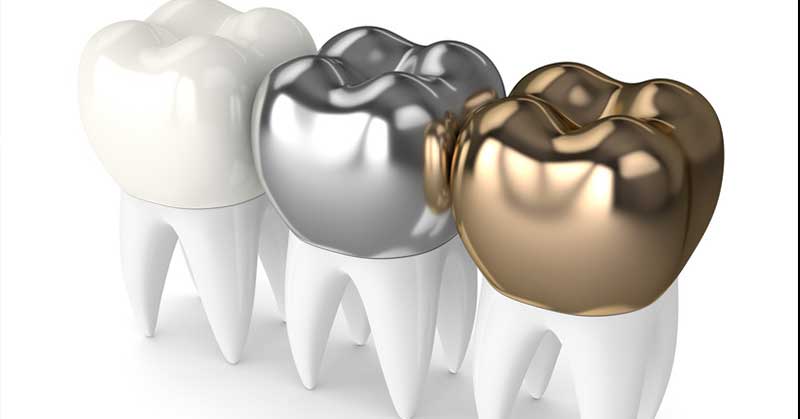Getting the news that you need to have some type of dental procedure performed can be a bit unsettling. Fortunately, modern dental technology has made the vast majority of dental procedures relatively routine. In fact, your dentist likely performs many of these procedures much more often than you could imagine. To help set your mind at ease before your next dental appointment, here are some of the most common procedures that dentists all around the country perform successfully for patients each and every day.
- Fillings: Arguably the most common of all dental procedures, fillings are often an effective way to repair tooth decay. Getting a new filling is a straightforward process that involves your dentist first numbing the affected tooth and surrounding area, then removing the decay and using filling material to fill the hole where the decay was removed. Although silver amalgam is still available at most dental offices, many dentists and patients now prefer tooth-color filling material. Not only is it strong and durable; it makes the filling virtually invisible.
- Crowns: A crown covers the entire tooth surface, right down to the gum line. Crowns are used for a variety of purposes, including to replace an old filling or repair a large cavity that can’t be fixed with a filling; to protect a tooth that has undergone a root canal; and in other dental appliances such as bridges, partials, and implants. Getting a new crown involves your dentist preparing the affected tooth, making an impression from which the new crown will be made, providing you with a temporary crown, and then fitting you with the permanent crown after it’s ready. Some dentists now provide same-day crowns, which involves creating the crown right there in the dental office, while you wait.
- Root canals: From the patient’s perspective, hearing the words “You need a root canal” can send shudders down the spine. But the fact is that more and more dentists are providing root canal treatment on a regular basis. A root canal is often required if the patient has an infection that has spread to the pulp and nerves of a tooth. The procedure involves the dentist numbing the tooth, then removing the pulp and nerves, and finally cleaning the tooth and sealing it off. Sometimes a crown is placed over the tooth for added protection. A root canal may sound scary, but thanks to modern dental methods, this procedure is no more uncomfortable than any other service your dentist provides.
Whatever dental procedure you may need, there’s no reason to worry. Remember that your dentist likely performs countless of these procedures for patients on a regular basis. Thanks to modern dental technology, including a variety of sedation methods, you’ll be back to enjoying good oral health before you know it!



4 Comments
Curabitur blandit tempus porttitor. Nullam quis risus eget urna mollis ornare vel eu leo.
Nulla vitae elit libero, a pharetra augue. Etiam porta sem malesuada magna mollis euismod.
Integer posuere erat a ante venenatis dapibus posuere velit aliquet. Donec sed odio dui.
Cum sociis natoque penatibus et magnis dis parturient montes.